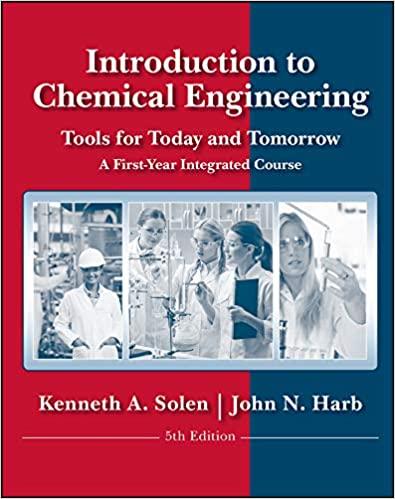Answered step by step
Verified Expert Solution
Question
1 Approved Answer
A typical handheld fire extinguisher completely discharges its contents after _ _ _ _ _ _ _ seconds of use. A . 2 0 4
A typical handheld fire extinguisher completely discharges its contents after seconds of use.
A
B
C
D
The normal temperature of a wire that's rated for a ampere current load is deg F If amperes of
current is applied to the wire, what will the temperature of the wire be
Adeg F
Bdeg F
Cdeg F
Ddeg F
A hand hose line firefighting system that's fed by a standpipe will discharge water for at least
A five minutes.
B three minutes.
C one minute.
D ten minutes.
Which of the following type of fireextinguisher expels a mixture such as potassium carbonate?
A Class D
B Class C
C Class B
D Class K
Which of the following extinguishing agents is unsafe to use on a Class C fire?
A Water
B Dry chemical
C Foam
D Carbon dioxide
Burns that cause severe damage to both skin layers as well as the tissue below the skin are classified as
degree burns.
A third
B extreme
C first
D second
Government standards define a flammable liquid as one that has a flash point lower than
Adeg F
Bdeg F
Cdeg F
Ddeg F
A sprinkler system with an activation temperature in the range of is classified as intermediate
system.
Adeg F
Bdeg F
Cdeg F
Ddeg F
A fire can burn as long as the oxygen content of the surrounding air is at least
A percent.
B percent.
C percent.
D percent.
When wood or paper burns, a flat sheet of flame, referred to as the is created near its
surface.
A fuel bed
B combustion zone
C charring zone
D diffusion flame
Which of the following is the fullflow pressure rate of a dedicated fire pump?
A psi
B psi
C psi
D psi
A large container of dry extinguishing agent that's scooped or shoveled onto a fire is an example of a
A Class D extinguisher.
B Class C extinguisher.
C Class A extinguisher.
D Class B extinguisher.
What agency maintains records for technical study on reported fires?
A OSHA
B NFPA
C NEC
D FIDO
The minimum concentration of a flammable liquid vapor mixed with air that will ignite is called the
of the liquid.
A lower flammable limit
B lower flash limit
C flash point
D flammable range
The lowest temperature at which the vapors of a flammable liquid will ignite is called the
A upper flammable limit
B flash point.
C combustion zone.
D diffusion flame.
The type of smoke alarm most likely to quickly detect a smoldering fire is the type.
A heatdetection
B gasdetection
C photoelectric
D ionization
An evacuation procedure in which immobilized persons are moved horizontally to a refuge area is
called
A extinguishing by containment.
B the overandunder method.
C refuge firefighting.
D defending in place.
Hyperthermia is a condition that results from extreme exposure to
A cold.
B smoke.
C halon gas.
D radiant heat.
Any building that's more than three stories high with or without a sprinkler system must also be
protected by
A at least one Class C extinguisher on each floor.
B a selfcontained fire extinguishing system.
End of exam
C three portable fire extinguishers.
D a Class I standpipe and hose system.
Which of the following is a correct evacuation procedure?
A Before opening a closed door, feel the surface with the back of your hand.
B In a multistory building, move to the stairwell and proceed up to a higher floor.
C Lock windows and doors behind you as you exit the building.
D When an alarm sounds, gather personal valuables and proceed to the exit.
Step by Step Solution
There are 3 Steps involved in it
Step: 1

Get Instant Access to Expert-Tailored Solutions
See step-by-step solutions with expert insights and AI powered tools for academic success
Step: 2

Step: 3

Ace Your Homework with AI
Get the answers you need in no time with our AI-driven, step-by-step assistance
Get Started


